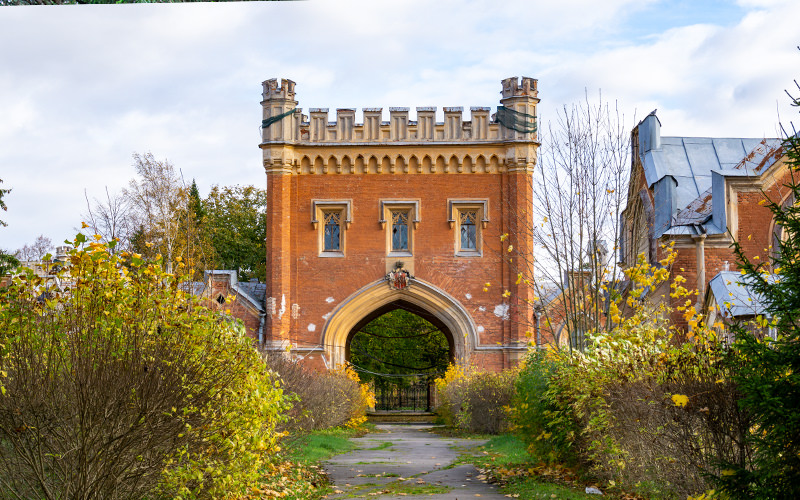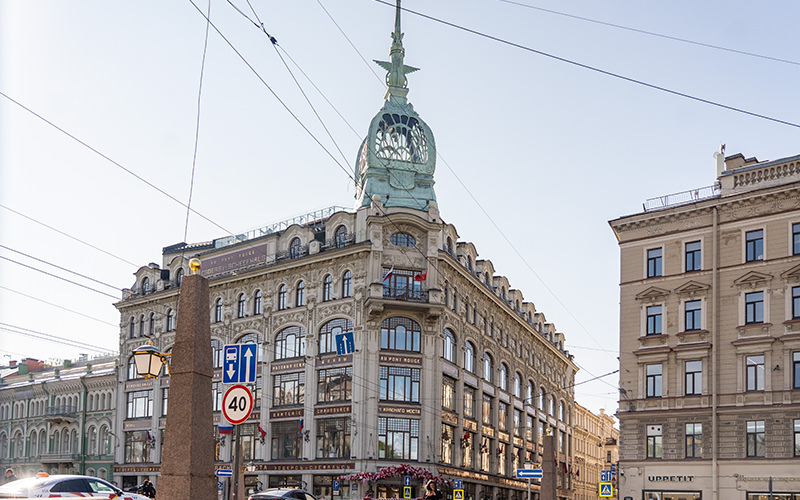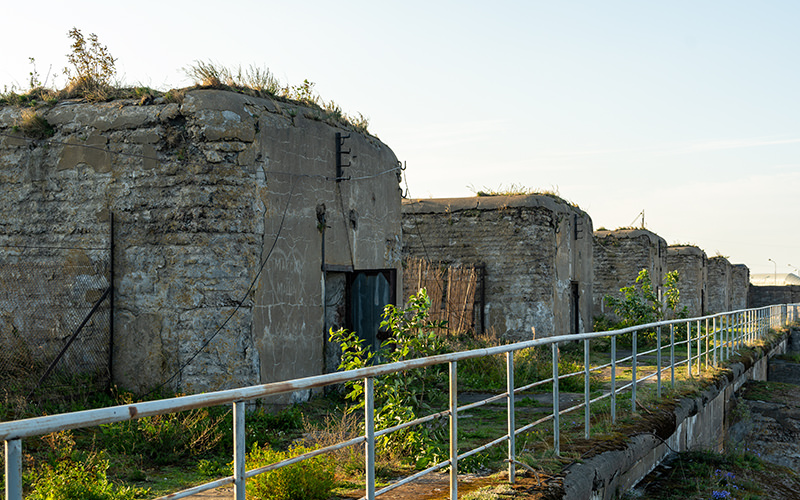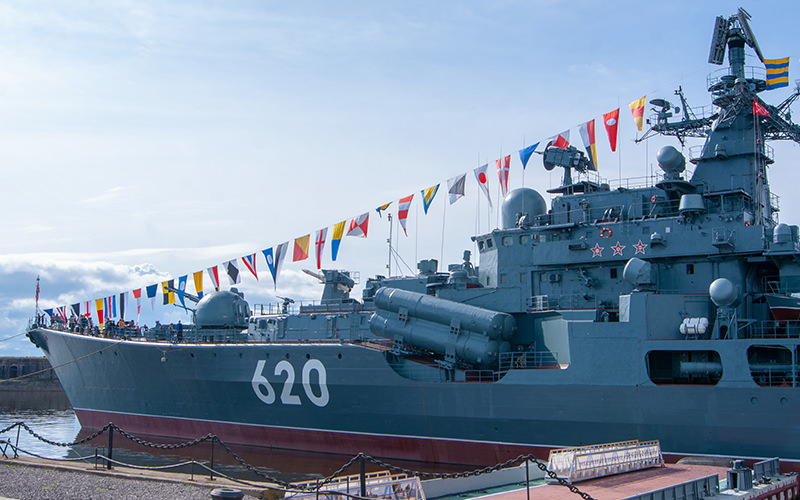The past of Saint Petersburg is inseparably linked to the history of the Russian army and navy. Numerous monuments of military glory are scattered throughout the city and its surroundings, while the forts of Kronstadt and the outskirts of the Northern Capital stand as living witnesses to the military power of imperial Russia. Over time, these fortifications ceased to serve their original function, but some have been repurposed into museum spaces. Today, I invite you to explore an example of how the previously abandoned Fort Rif has been adapted for modern use.
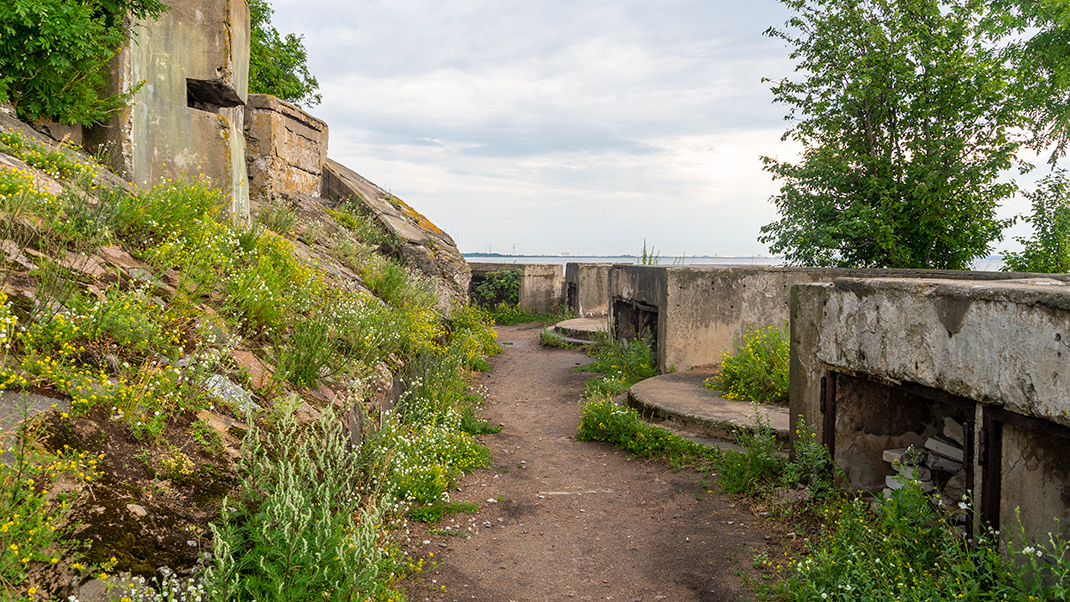
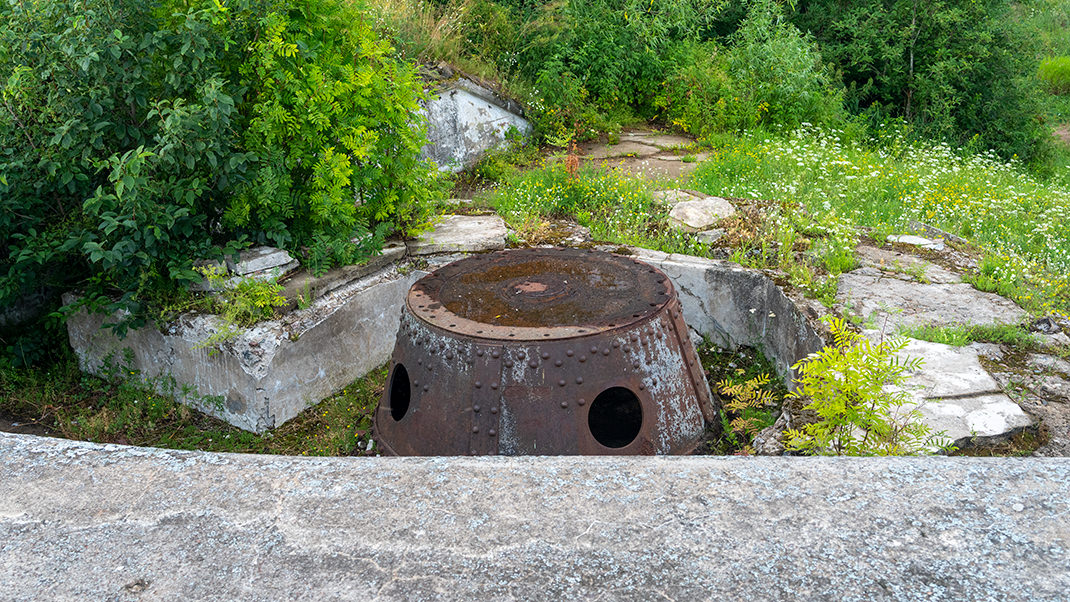
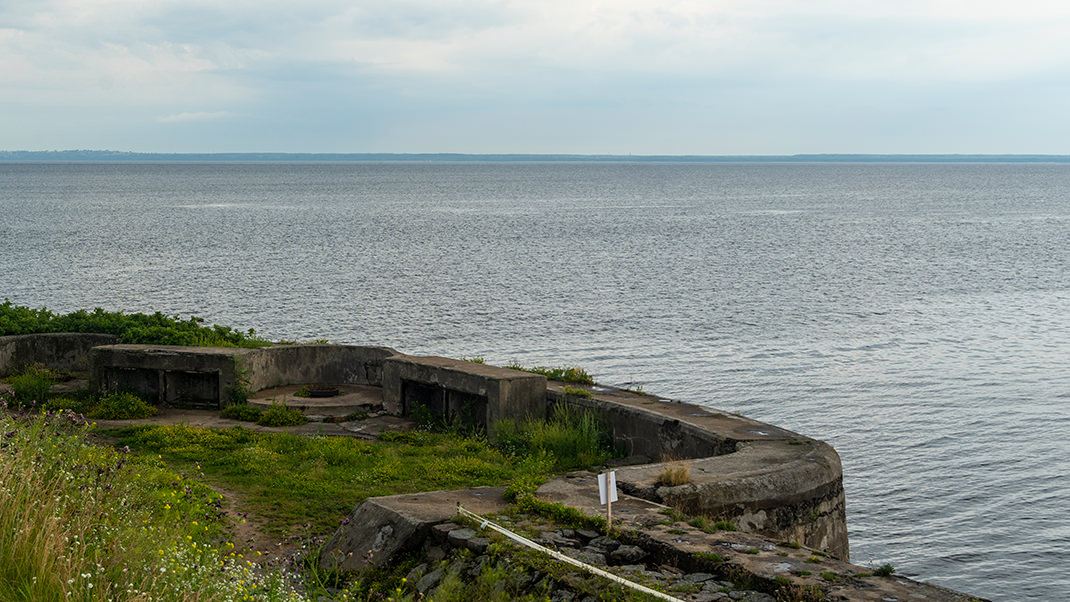
How to Get There
Fort Rif is located at the western tip of Kotlin Island. We traveled there from the "Staraya Derevnya" metro station. First, we took a bus to the "Kronshtadtskoye Shosse, 38" stop, followed by a 3.5-kilometer taxi ride. This stretch can also be covered on foot or via the local "2Kr" bus.
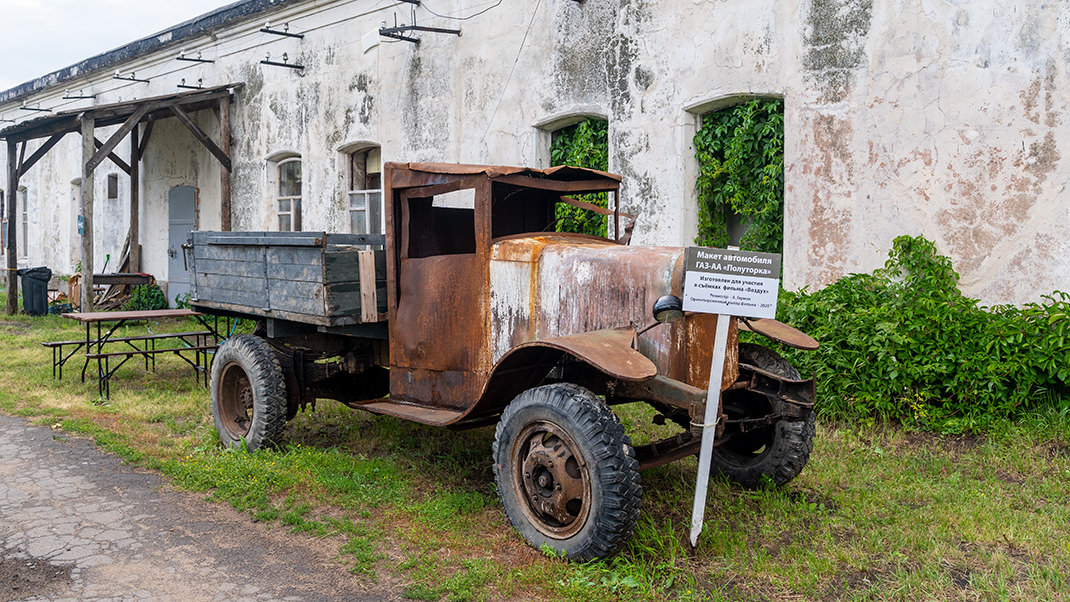
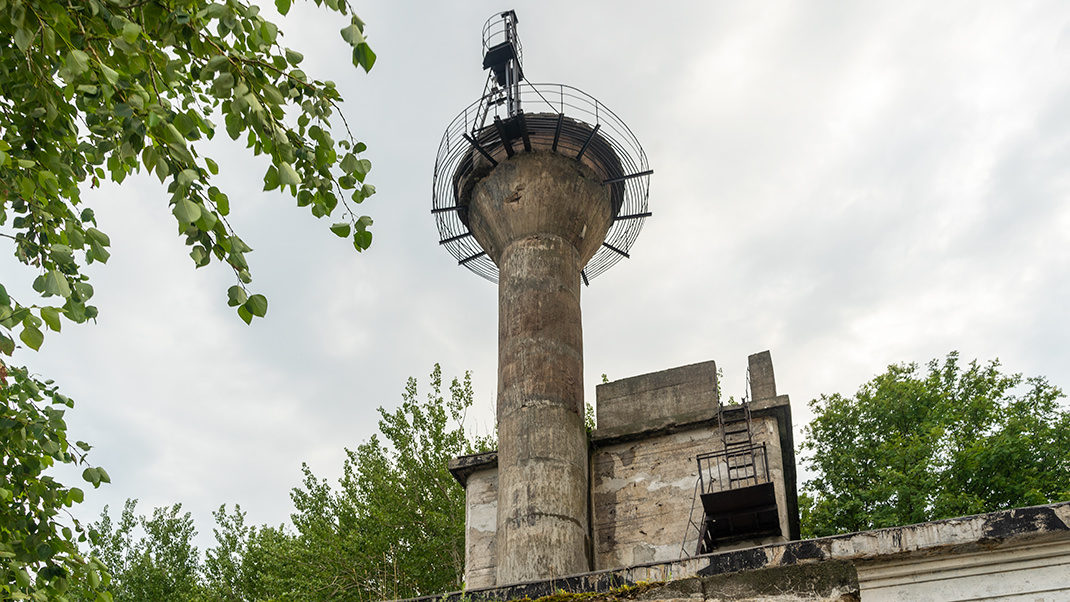
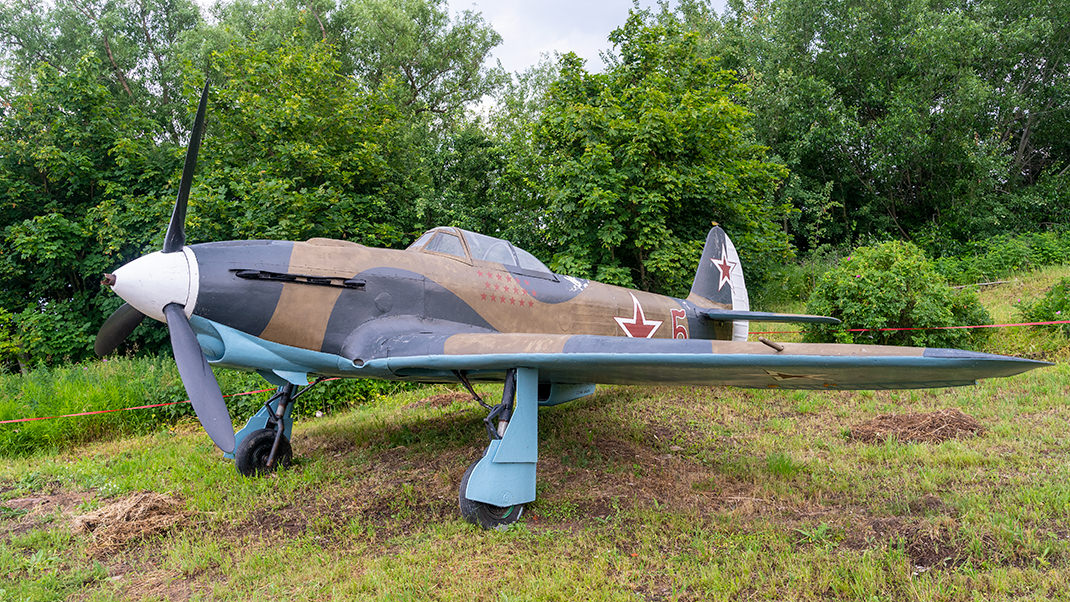
It is not possible to drive or take a bus directly to Rif, so the final part of the journey must be completed on foot or by using the free golf carts that operate in the western part of the island.
The cost of a standard adult ticket without discounts was 400 rubles (summer 2022).
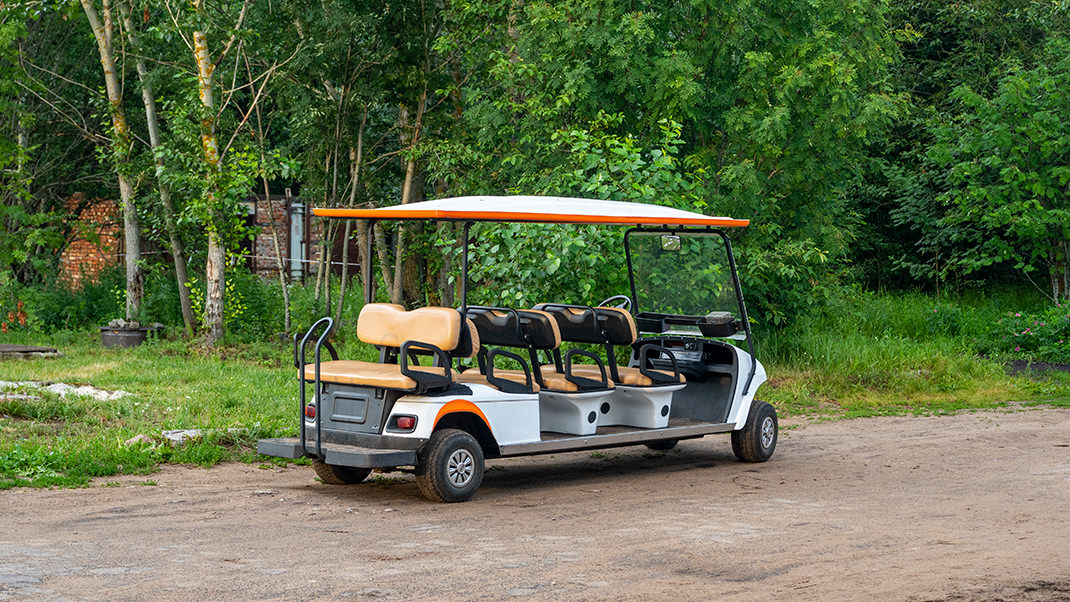
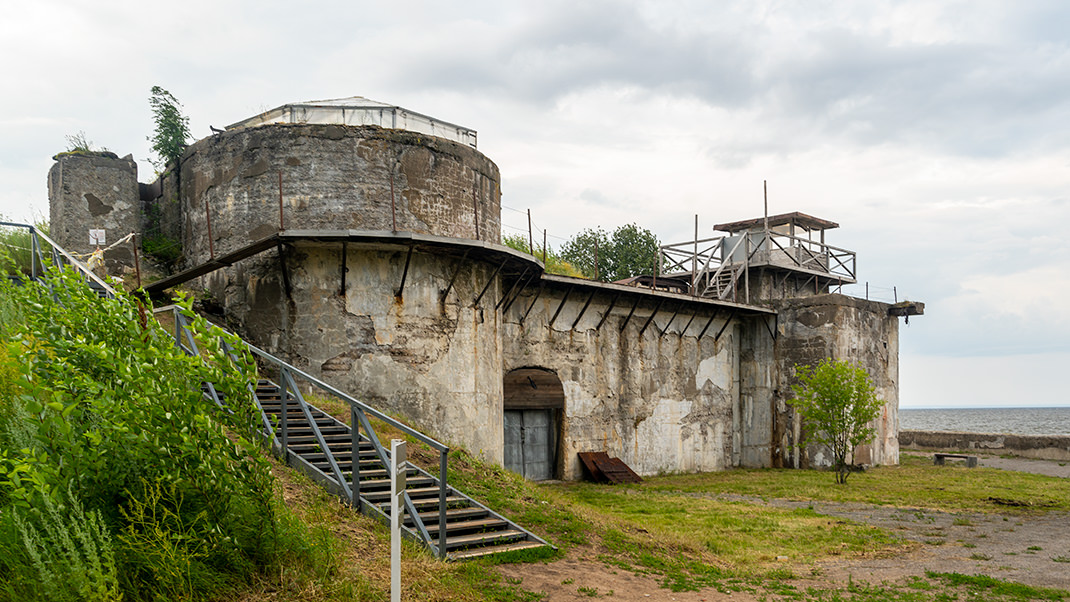
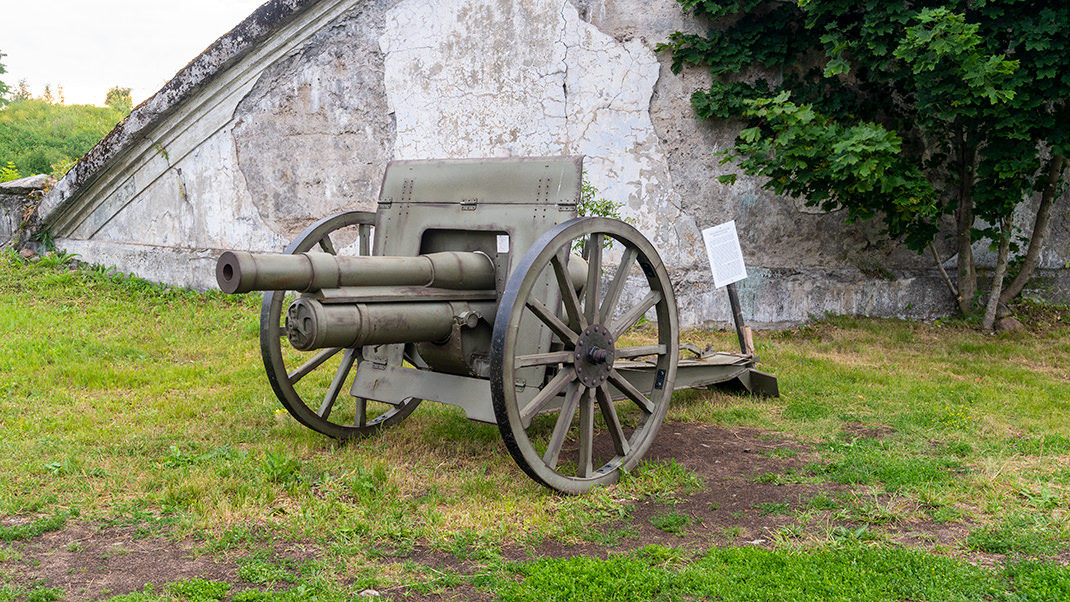
A Bit of History
The first Kronstadt fort, known as Kronshlot, was laid near the southern shore of Kotlin Island during the winter of 1703–1704. Its design was created by Peter I himself, with construction overseen by the renowned Domenico Trezzini. The defensive structure has survived to this day, though in a reconstructed form.
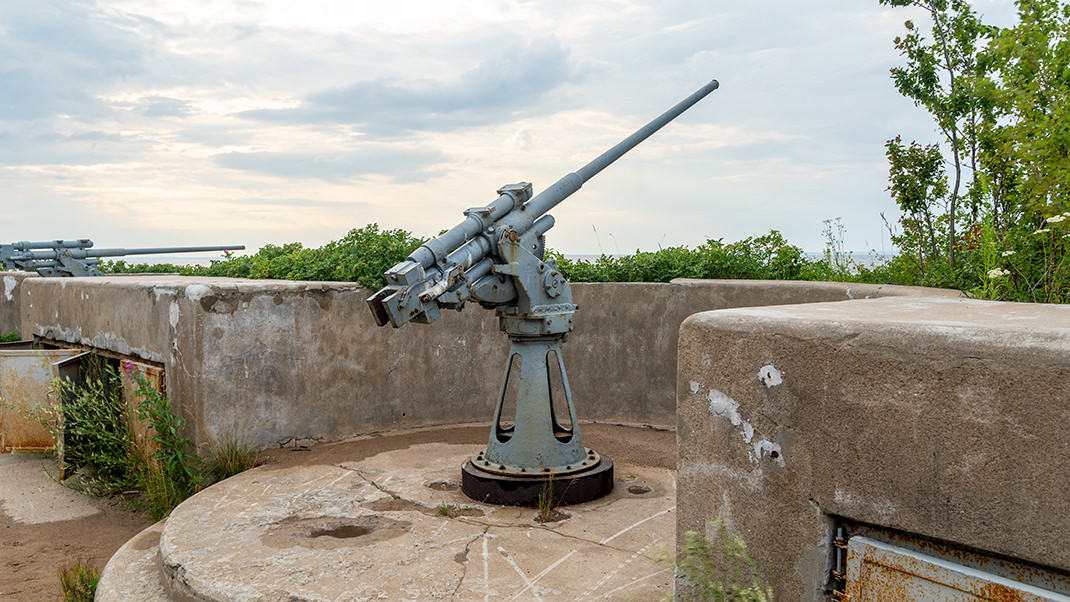
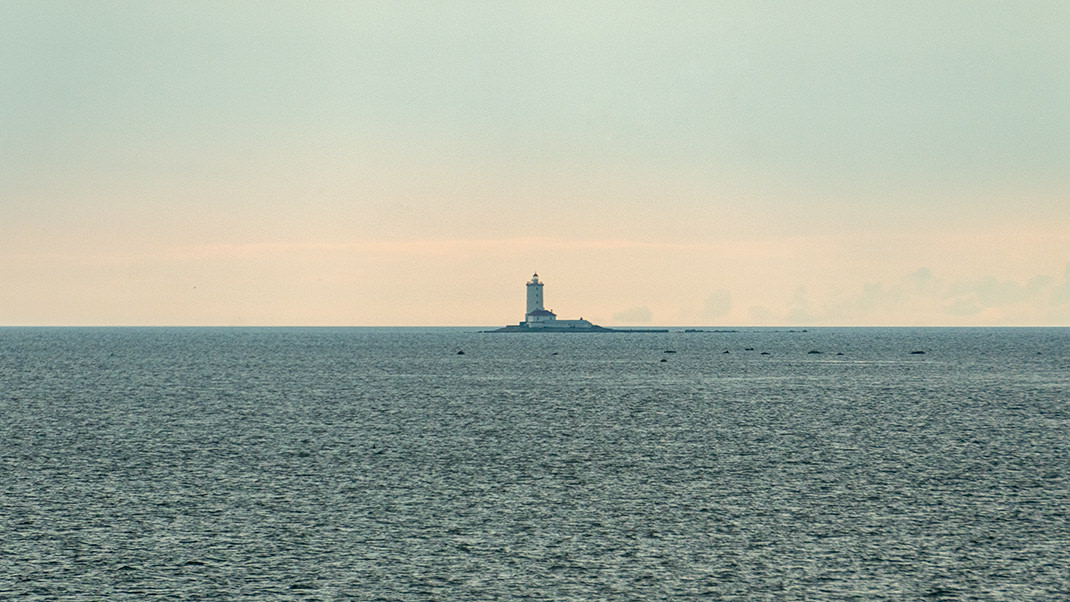
During Peter’s time, a regiment led by F. S. Tolbukhin was stationed on the spit at the western part of the island, where a small battery was also built. Russian troops repeatedly thwarted attempts by enemy ships to pass by Kotlin or land on the island. The exact location of these defensive structures remains unknown to modern historians.
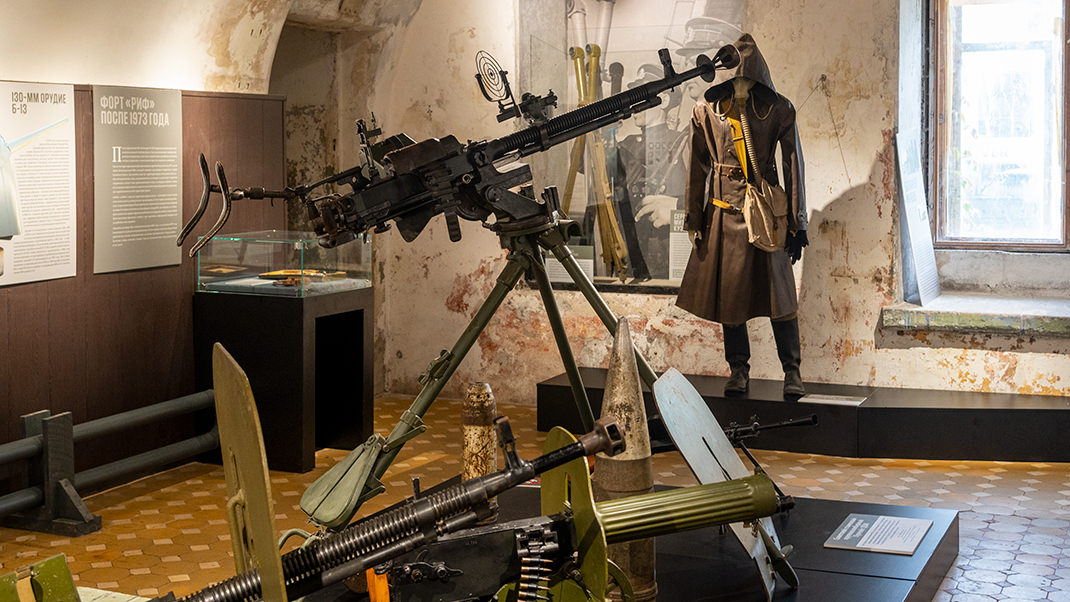
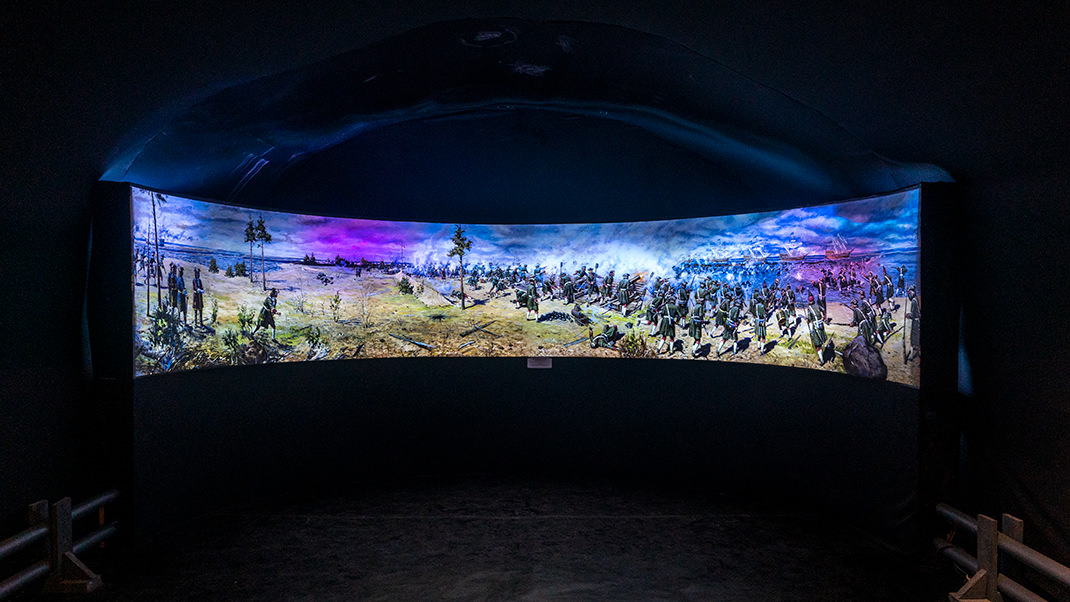
The structures we see in the western part of the island today were built much later. In 1889, a decision was made to establish an experimental engineering range on this site. The primary purpose of this unique facility was to study the effects of explosive shells on various structures. Interestingly, a railway line was once laid here. The range operated until 1909 and was overseen by L. P. Kapitsa, the father of the famous scientist.
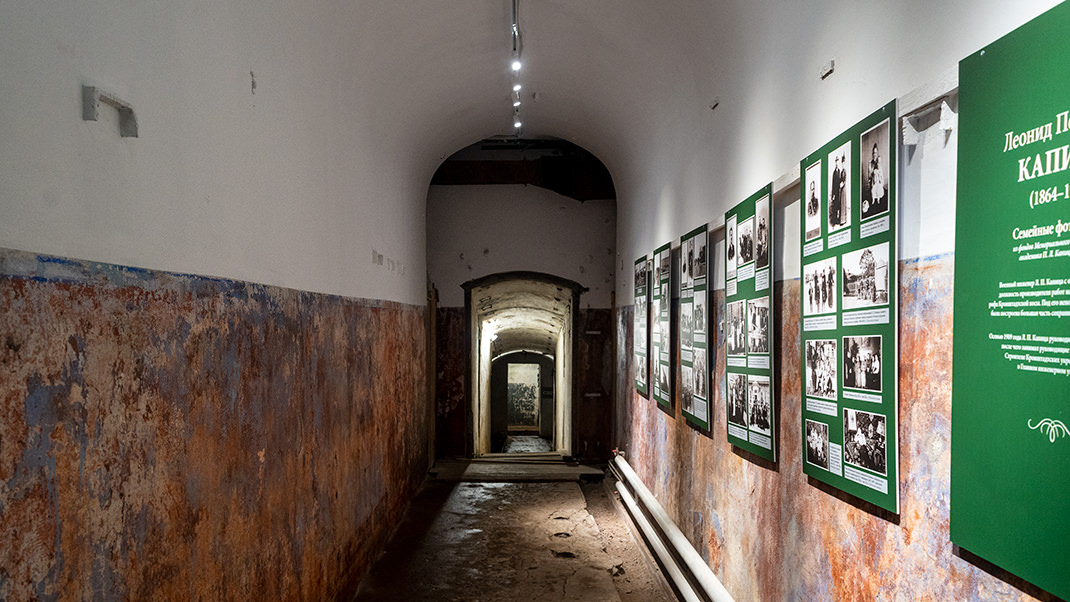
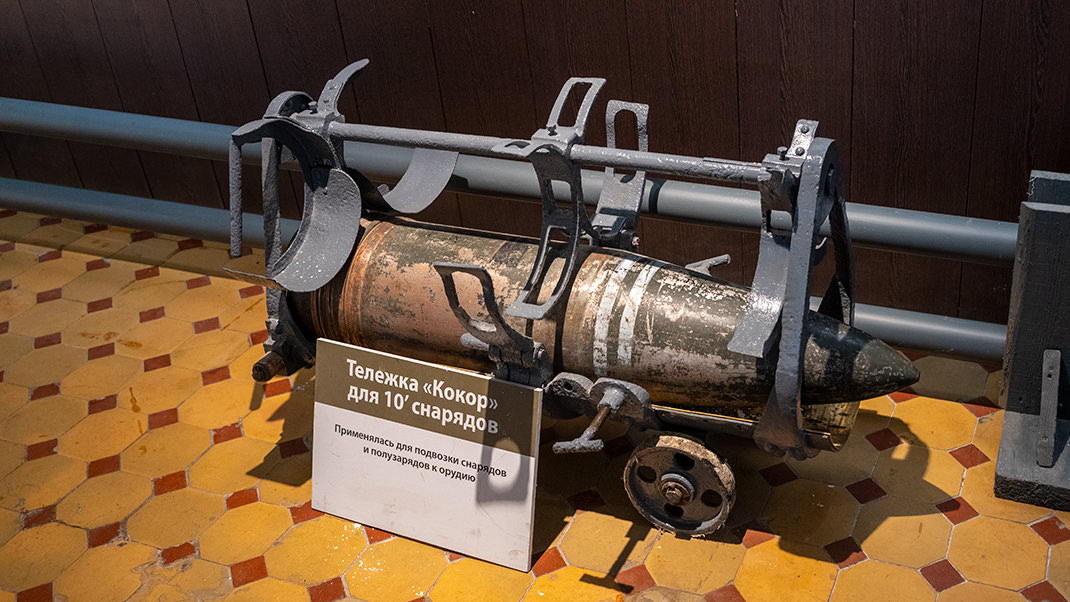
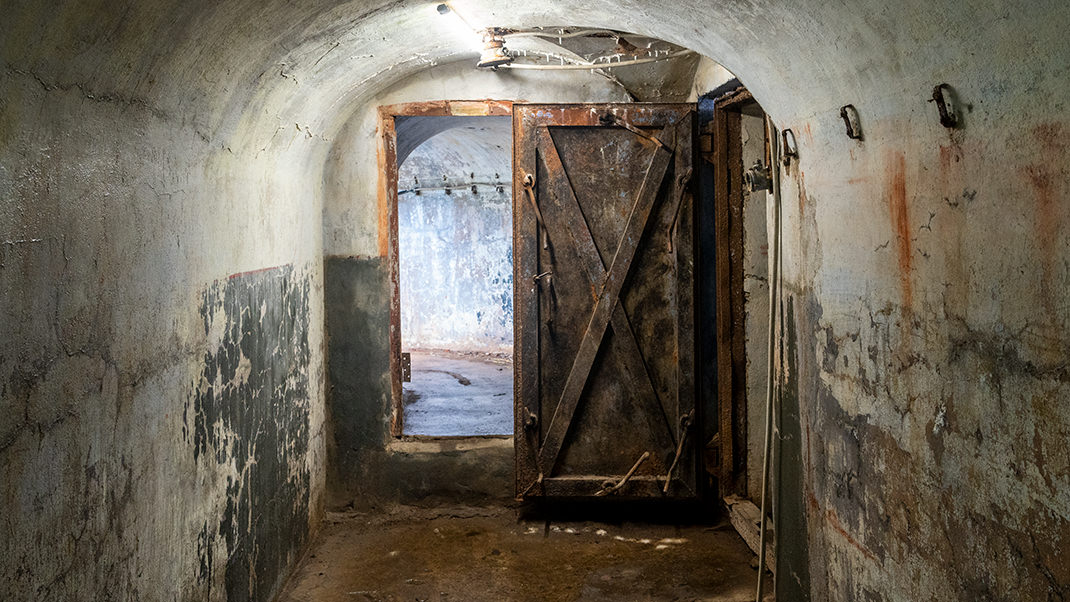
When the range was closed, a plan was adopted to strengthen the Kronstadt Fortress, and construction began on a new defensive structure, later named the "Rif" Battery. Around the same time, the Ino and Krasnaya Gorka forts were also being built.
Throughout the 20th century, the fort remained in military use. It was utilized during the Great Patriotic War, later served as a receiving radio center, and in the early 2000s, the site was used for ammunition disposal.
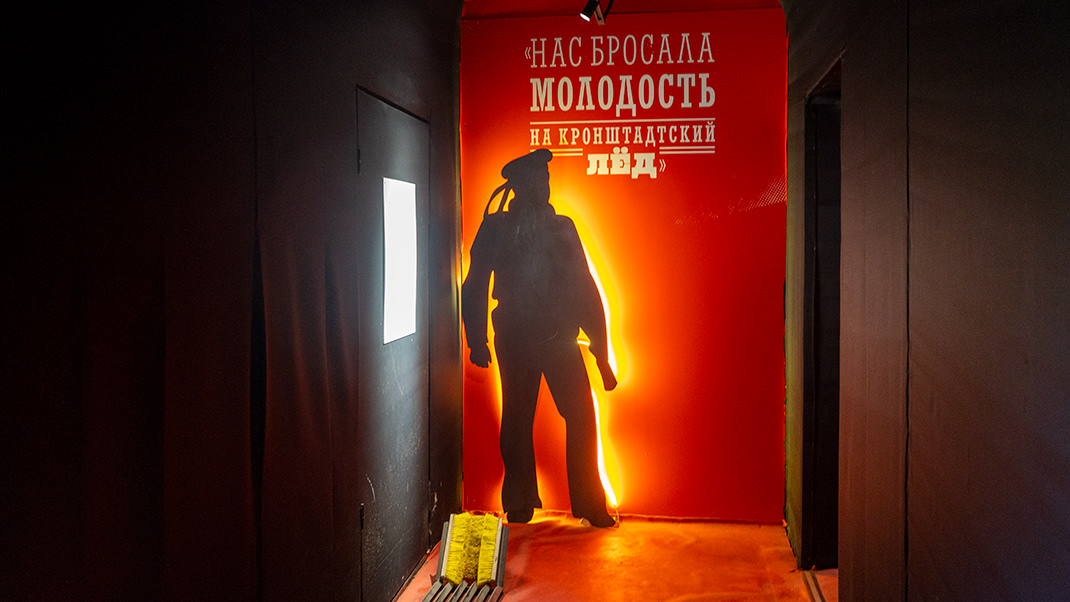

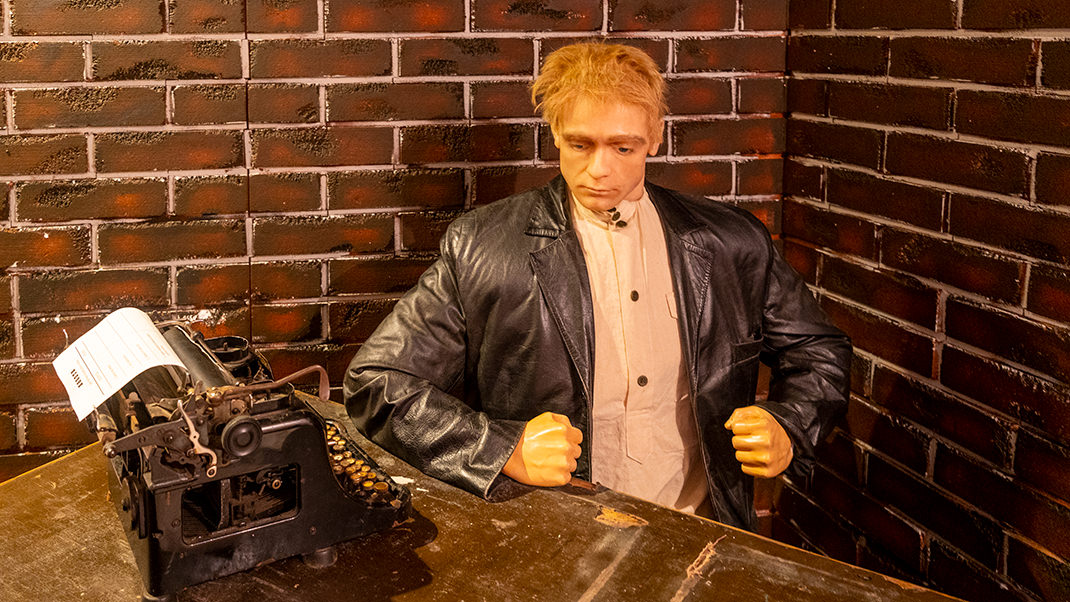
The military finally vacated Rif in 2014. During my previous visit to this part of Kronstadt, the fort’s grounds were closed. Today, anyone can visit, but I’ll save the story of this site’s modern history for the next article.
Have a nice trip!



